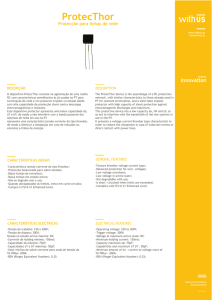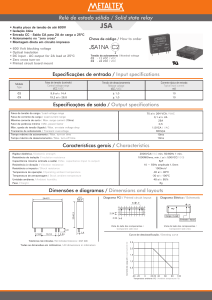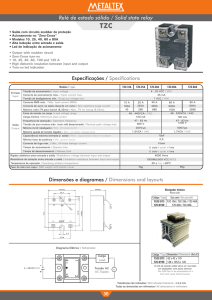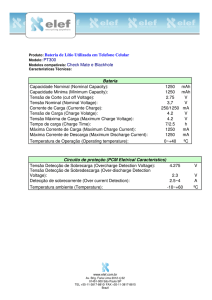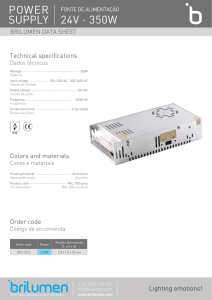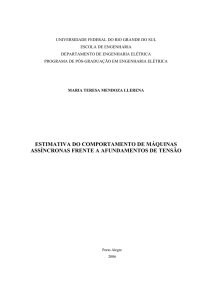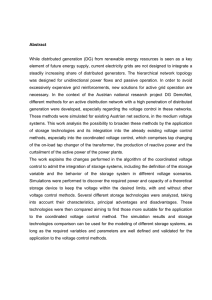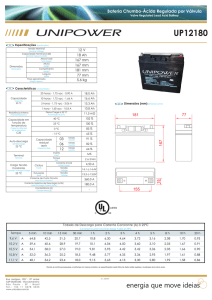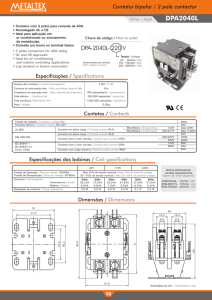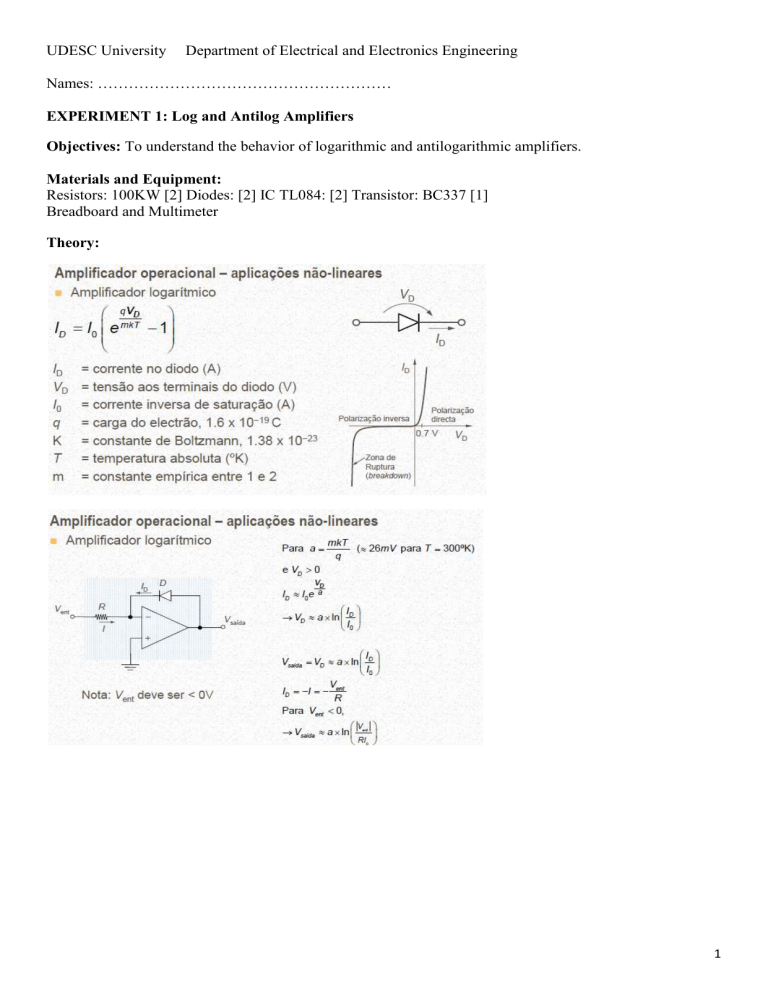
UDESC University
Department of Electrical and Electronics Engineering
Names: …………………………………………………
EXPERIMENT 1: Log and Antilog Amplifiers
Objectives: To understand the behavior of logarithmic and antilogarithmic amplifiers.
Materials and Equipment:
Resistors: 100KW [2] Diodes: [2] IC TL084: [2] Transistor: BC337 [1]
Breadboard and Multimeter
Theory:
1
1-Log Amplifier using Diode , deduza A equação de transferência (3ptos)
Procedure
1. Set the supply voltage at +12V.
2. Set the input voltage to 1V.
3. See the voltage across the diode. Note the negative sign.
4. Using the function generator set triangular wave 1V peak.
5. Plot the characteristics of input voltage and output voltage.
6. Reverse the polarity of the diode and see the effect for positive input
voltage.
Atividade
1- Calcule o valor de I0 em forma experimental
2- Que erro apresenta o amplificador logarítmico
3- Simular em Pspice o circuito e em matlab
2-Log Amplifier Using a BJT (2ptos)
2
Procedure
1. Use an NPN type BJT in place of diode as shown in fig 2.
2. Set the input voltage to 1V.
3. See the voltage across the output terminal. Note the negative sign.
4. Using the function generator set triangular wave 1V peak.
5. Plot the characteristics of input voltage and output voltage.
6. Compare the characteristics with that of diode based log amplifier.
Atividade
1- Calcule o valor de I0 em forma experimental
2- Que erro apresenta o amplificador logarítmico
3- Simular em Pspice o circuito e em matlab(equação)
3-Anti-log Amplifier (2ptos)
R16
100k
Q2
vi
LM324
9
11
-v cc
V-
-
BC337_1
OUT
10
0
+ 4
U6C
8
V+
+v cc
0
Procedure
1. Set the input voltage to 100mV.
2. See the voltage across the Resistor. Note the negative sign.
3. Using the function generator set triangular wave 1V peak.
4. Plot the characteristics of input voltage and output voltage.
5. Reverse the polarity of the diode and see the effect for positive input
voltage.
3
Atividade
1- Calcule o valor de I0 em forma experimental
2- Que erro apresenta o amplificador logarítmico
3- Em que faixa de valor ele é um amplificador logarítmico
4- Simular em Pspice o circuito e em matlab(equação)
4.-Log - Antilog Amplifier (2ptos)
Atividade
1. Defina a tensão de entrada para 1V.
2. Ver a tensão através da resistência de saída.
3. Using the function generator set triangular wave 1V peak.
4. Note-se a tensão de saída para todas as tensões de entrada.
5. Inverter a polaridade do díodo no amplificador antilog.
5. Amplificador logarítmico verdadeiro
R12
R15
10k
TL084
2
-
-Vcc
V-
R13
11
10k
10k
OUT
10k
D25
D24
D27
1N5333
D26
R6
0
D29
1N5333
+
U3A
1
V
V+
3
4
R14
+Vcc
D28
1N5333
1N5333
1N5333
1N5333
R8
R10
5k
8k
-Vcc
V
+
U3B
R7
1k
0
-
1k
OUT
5
+Vcc
0
-Vcc
+
U4B
R20
vi
7
R9
1k
-
1k
+Vcc
0
TL084
6
11
11
TL084
6
V-
vi
V+
5
7
OUT
5
0
0
+
U5B
V
7
R11
1k
4
OUT
4
1k
V-
V
15k
V
-Vcc
R19
4
-
V+
11
TL084
6
V+
vi
V-
R18
+Vcc
0
Monte o circuito proposto e apresente as formas de onda nos pontos indicados :
a)
Em função do tempo
b)
Como função de transferência vo/vi
Obs Para obter utilize reguladores Lm7805 e LM7905
4
5

